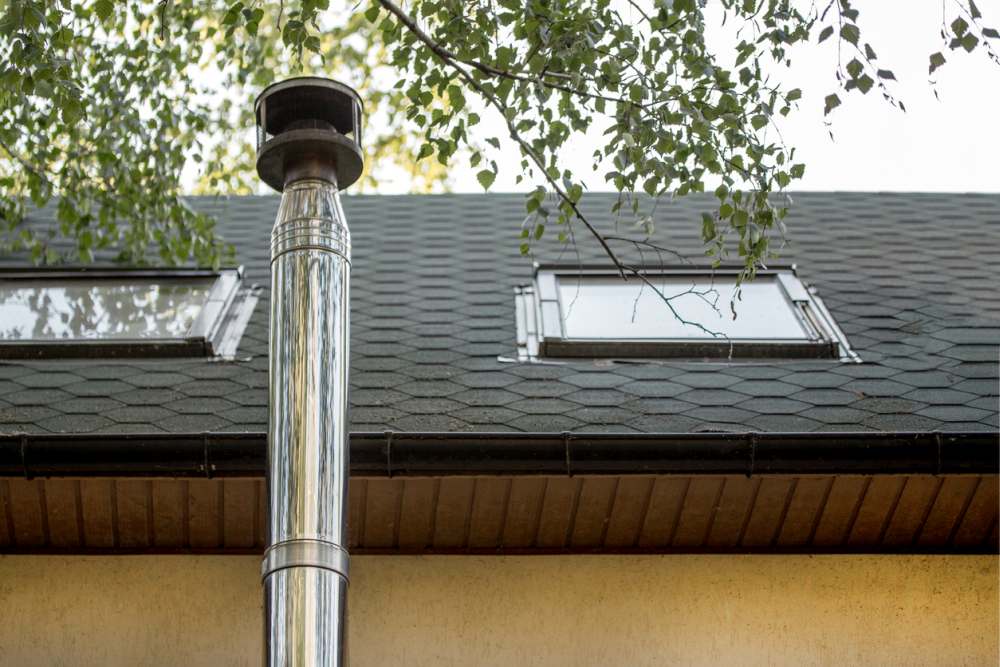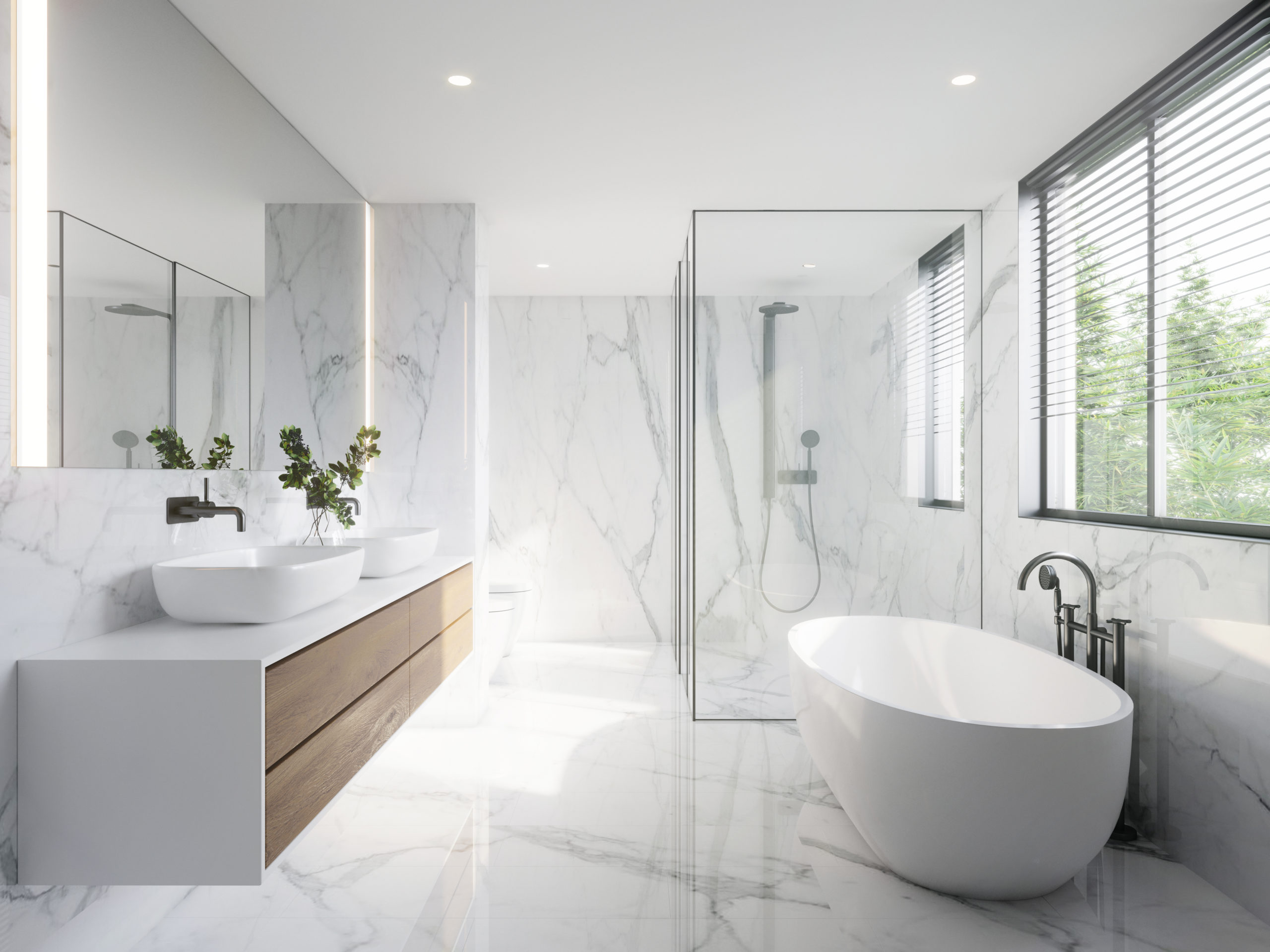The Purpose of Adequate Ventilation in Ensuring Plumbing Systems
The Purpose of Adequate Ventilation in Ensuring Plumbing Systems
Blog Article
How do you feel when it comes to What Is a Plumbing Vent and Why Is It Important?

Proper air flow in pipes systems is often neglected, yet it is important for keeping the functionality and security of your home's pipes. Ventilation helps regulate air pressure, protect against the accumulation of harmful gases, and make sure the efficient elimination of waste. In this overview, we will certainly discover the relevance of proper pipes air flow, how it works, and the benefits it offers your plumbing system.
Comprehending Air Flow in Pipes
Air flow in pipes refers to the network of pipelines that enable air to flow with the drainage system. These vents offer several purposes, including regulating air pressure within the pipelines, avoiding sewer gases from getting in the home, and helping in the smooth flow of wastewater.
How Ventilation Functions in Plumbing Systems
Atmospheric Pressure Regulation
Correct ventilation preserves balanced air pressure within the plumbing system. When water moves via pipes, it displaces air. Without adequate air flow, this displacement can create negative pressure, resulting in slow down drains pipes or siphoning of water from catches, which can cause undesirable odors to seep right into the home.
Protecting Against Drain Gas Build-up
One of the most important functions of plumbing vents is to prevent drain gases, such as methane and hydrogen sulfide, from gathering within the home. These gases can posture significant wellness risks and are very combustible. Vent pipes allow these gases to leave safely outdoors.
Aiding in Waste Elimination
Ventilation assists in the reliable elimination of wastewater by protecting against airlocks in the drainage system. When air can stream easily through the vents, it allows water and waste to stream efficiently through the pipes, lowering the threat of blockages and backups.
Kinds Of Plumbing Vents
Main Heap Vent
The major pile vent, additionally known as the vent pile, is the key vent in a plumbing system. It expands from the main drainpipe line up with the roof covering, permitting gases to run away and fresh air to go into the system.
Branch Vent
Branch vents connect to the major pile air vent and serve specific fixtures, such as sinks, commodes, and showers. These vents ensure that each fixture has sufficient ventilation to work appropriately.
Air Admittance Valve (AAV).
An Air Admission Valve (AAV) is a one-way valve that permits air to go into the pipes system without the need for a traditional air vent pipe extending through the roof covering. AAVs are typically utilized in improvements or areas where setting up a typical air vent is not practical.
Indications of Poor Air Flow in Pipes.
Slow Draining Fixtures.
If your sinks, bathtubs, or bathrooms are draining pipes gradually, it could be an indication of bad air flow. Insufficient air flow can produce a vacuum effect, making it tough for water to drain appropriately.
Gurgling Appears.
Gurgling noises coming from drains pipes are usually an outcome of air being sucked through water traps due to negative pressure in the pipes. This is a clear indicator of inadequate air flow.
Undesirable Odors.
Drain odors inside your home are a red flag that your plumbing system is not appropriately ventilated. This could indicate that sewer gases are not being sufficiently vented outside, leading to possibly dangerous problems.
Typical Ventilation Errors.
Insufficient Vent Sizing.
Making use of small air vent pipes can bring about inadequate air flow and stress discrepancies in the system. It's vital to utilize vents that fulfill the specific demands of your pipes system.
Improper Vent Positioning.
Placing vents also much from the components they serve can minimize their performance. Proper placement makes certain that air can flow openly and successfully with the system.
Disregarding Code Requirements.
Building regulations offer certain standards for pipes ventilation. Overlooking these codes can result in a system that fails to work correctly and may lead to expensive repairs or health hazards.
Advantages of Appropriate Ventilation.
Improved System Performance.
Properly ventilated pipes systems run extra successfully, with fewer obstructions, faster draining pipes, and much less pressure on the pipelines. This effectiveness expands the life expectancy of the pipes system.
Improved Air High Quality.
By preventing sewer gases from entering your home, appropriate air flow adds to far better interior air top quality, making your living atmosphere healthier and extra comfortable.
Stopping Water Damage.
Sufficient ventilation aids prevent water from being siphoned out of traps, which can result in drain gases entering the home and creating water damages in time.
Steps to Make Certain Correct Air Flow.
Consulting Plumbing Codes.
Always consult local pipes codes when creating or customizing your pipes system. These codes give the required standards for correct venting and ensure your system fulfills safety and security criteria.
Regular Inspection and Maintenance.
Normal evaluations can aid determine prospective ventilation problems before they become major troubles. Maintenance tasks, such as cleaning vent pipes and checking for clogs, are essential for maintaining the system in good working order.
Expert Setup.
For brand-new installments or significant adjustments, it's smart to employ a specialist plumbing professional. They have the experience to make sure the ventilation system is correctly made and set up according to code.
Final thought.
Proper air flow is a vital element of any type of pipes system, guaranteeing that it operates efficiently and safely. By recognizing the importance of air flow, recognizing the signs of poor air flow, and taking actions to keep your system, you can avoid expensive issues and protect your home's air top quality.
Understanding the Role of Your Plumbing Vents in the Drainage System
The plumbing system in your home is more than just the kitchen sink, toilet, and bathroom. Some problems that arise within home plumbing are hard to detect because homeowners may not understand potential causes.
One part of the plumbing system that could cause you endless problems is the venting. The drain lines that run through your home and drain wastewater need proper venting to function properly. Faulty plumbing vents can lead to several problems that require the expertise of a plumber to check them out. Before finding experienced plumbing services, there are a few things to learn about plumbing vents.
Why vents are vital
Vents in the plumbing system lead to an outside area such as the roof or the back. The function of these vents is to keep sewer gases away from the drain pipes. They also establish seals in the drainage pipes that prevent the sucking back of waste gases into the home. Venting in the plumbing system also allows oxygen to get into the drainage system, which is an essential component in the breakdown of waste matter. The vents also ensure that the air pressure within the drainage system remains balanced, facilitating the flow of wastewater.
Possible problems
When the plumbing vents are problematic, one of the consequences is imbalanced water levels in the toilet. If you notice that the levels in the toilet bowl rise and fall all the time, then there may be something wrong with the vents.
Another issue is air bubble formation within the toilet. In most cases like these, the drain pipes are not receiving enough air. Lack of air pressure equalization is what leads to water flow problems. If you come across such issues in your home, make sure you call professional plumbers, such as the ones from Perfection Plumbing & Drain Cleaning Ltd.
Potential causes
Several scenarios can lead to some of the plumbing problems that homeowners suffer because of venting. One such scenario is the use of incorrectly sized vents. Usually, vents are the same size as the drain line to facilitate proper venting. Vents that are too small will lead to some plumbing issues. Another potential cause is fixtures that are not close enough to the vents. In this scenario, air forces itself through the traps of other fixtures, leading to gurgling sounds from toilets and sinks.
Most of these problems also happen with clogged vents. Tree leaves and debris can cause clogging when they make their way down a vent. Unclogging plumbing vents is a service that you can entrust to Saskatoon plumbers. They will know how to snake down vents and remove clogging stuck in fixtures.

I stumbled upon that blog posting about Essential Plumbing Vent Pipes: Understanding Their Role while doing a search on the internet. Enjoyed reading our piece? Please quickly share it. Let someone else discover it. Thank you so much for going through it.
Schedule Service Report this page